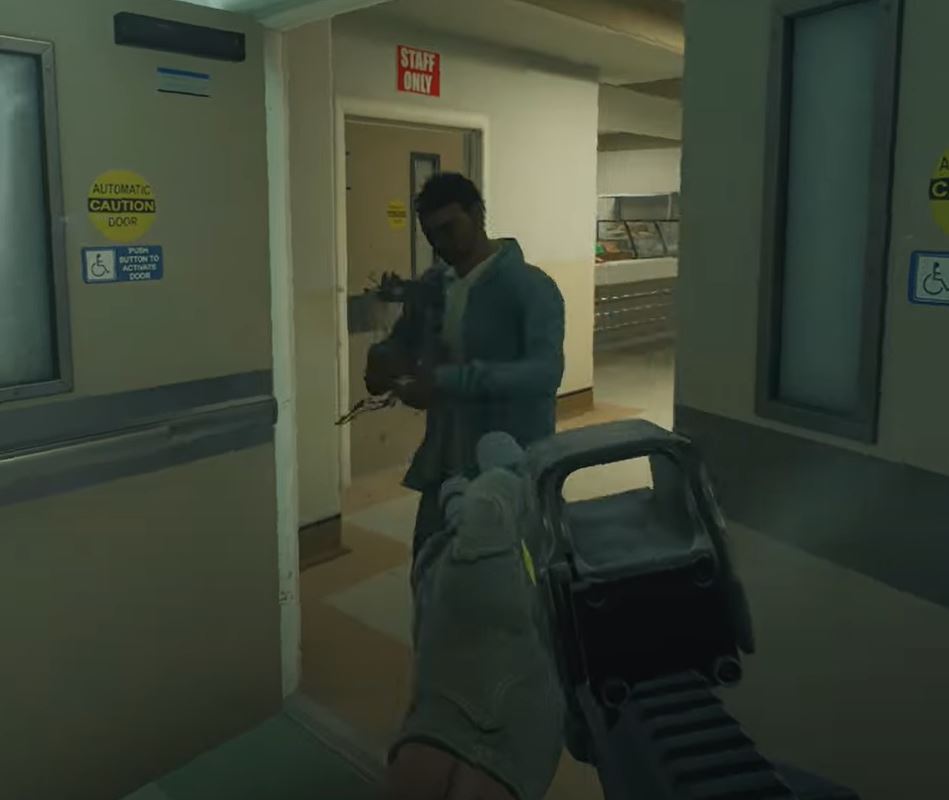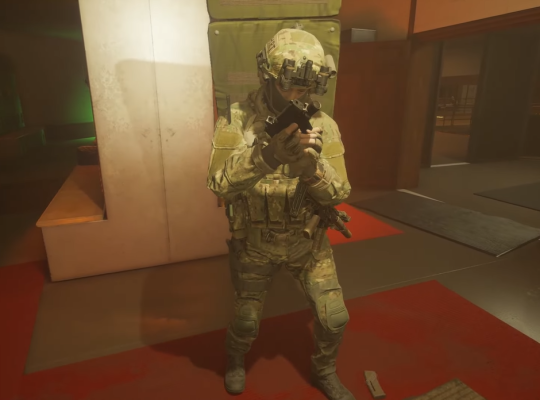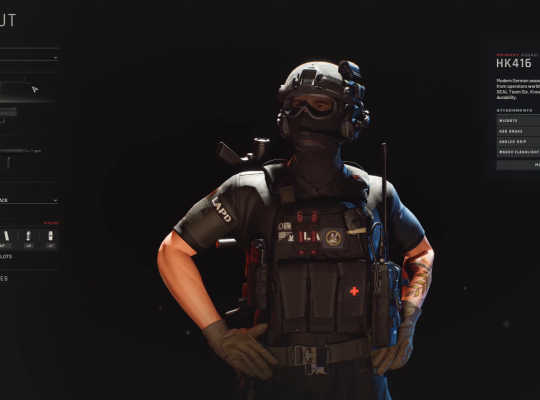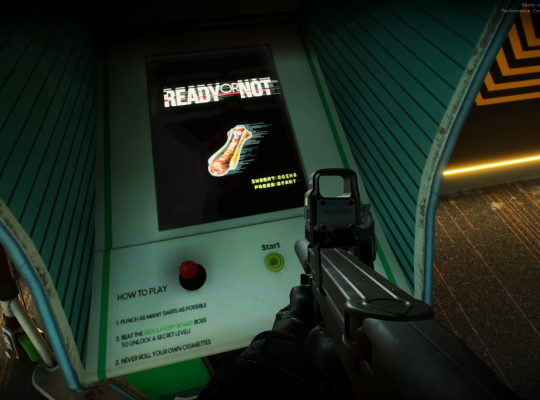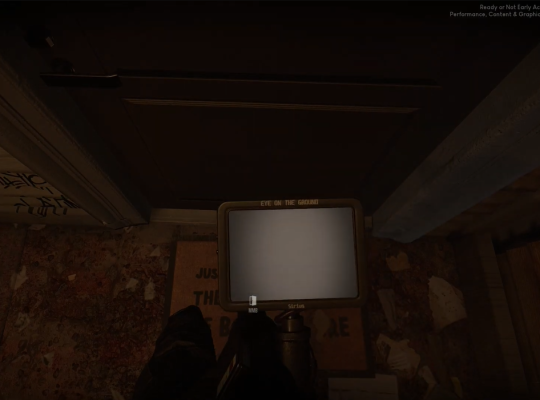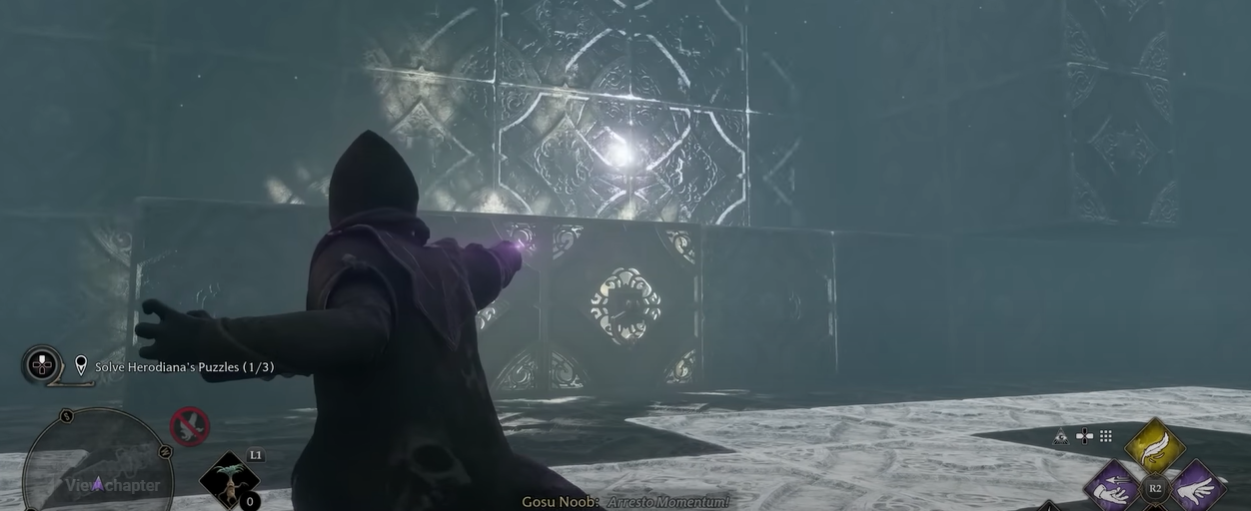One of the most intriguing aspects of Ready Or Not is the “Rescue Missions” mode, which requires players to use their strategic skills to successfully extract hostages from a dangerous situation.
These missions are designed to test the players’ ability to make quick decisions under pressure, work as a team, and adapt to unexpected circumstances. Thus, we’ll know more about these missions here.
Mission Types Overview
The level of difficulty in the “Ready or Not” game varies depending on the type of mission being played. Certain missions require a more stealthy approach and are significantly more challenging compared to those that allow the use of lethal force.
To gain a better understanding of the hostage rescue gameplay in Ready or Not, let’s explore some of the different mission types.
Barricaded Suspect
Suspects have barricaded themselves inside a building, and players must enter and neutralize the threat while minimizing casualties.

Raid
Players must conduct a surprise raid on a building to capture or neutralize suspects and secure any evidence.
Active Shooter
Players must respond to a live shooting incident and stop the shooter while rescuing any potential hostages.
Bomb Threat
In Ready or Not’s Bomb Threat, players must locate and defuse a bomb while also neutralizing any suspects that may be present.
Hostage Rescue
Players must navigate a dangerous situation to rescue hostages and bring them to safety while eliminating any threats that may be present.

Each of these mission types presents its own unique challenges, requiring players to use different strategies and tactics to succeed.
More Details About The Rescue Missions in Ready Or Not
The Hostage Rescue mission in the “Ready or Not” game is widely considered the most challenging mission type. Due to the high risk involved, players often opt to approach it with a combination of lethal and non-lethal tactics.
This approach allows players to effectively neutralize any threats while minimizing the risk of harm to the hostages. However, this approach also requires careful planning and execution, as the use of lethal force can potentially harm innocent civilians and lead to mission failure.
Any actions taken by players can have consequences. Whether players are making noise or killing enemies freely, these actions can draw the attention of other enemies or civilians, causing them to become suspicious and potentially alert them to the player’s presence.
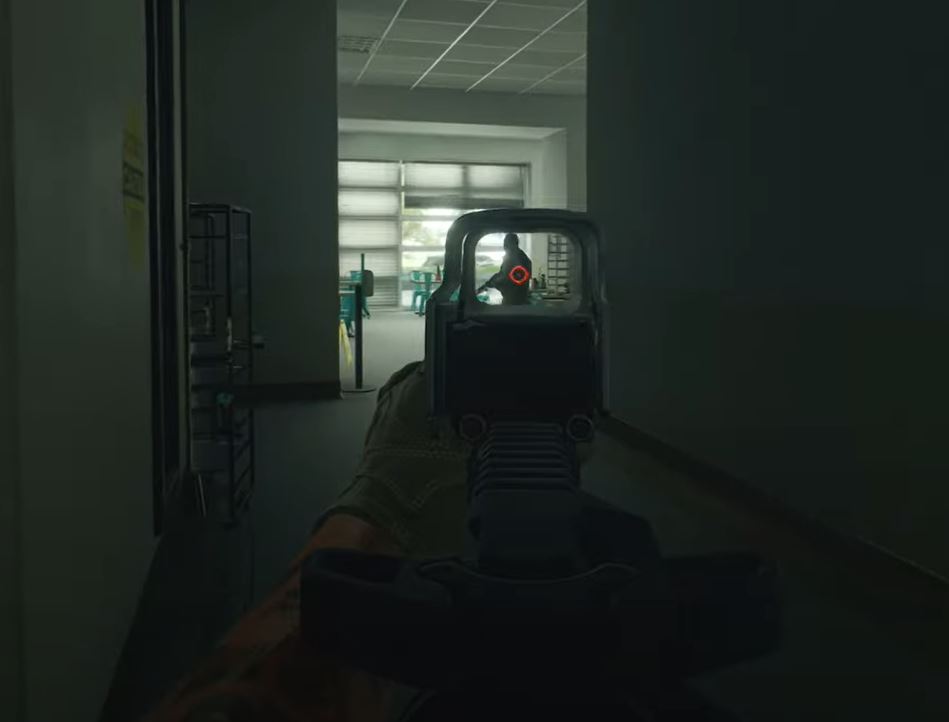
This can result in additional enemies being called in, making the mission more difficult to complete.
Failure to complete a mission can result in the need to start over from the beginning. This can occur if players are detected, fail to complete objectives, or if the mission timer runs out.
Therefore, it is crucial that players plan and execute their strategies carefully and effectively to increase their chances of success.
Ways To Complete Rescue Missions
Players must prioritize time when attempting to complete a Hostage Rescue mission. The longer the mission takes, the higher the risk to both hostages and players. Therefore, players must act quickly, decisively, and efficiently to complete the mission as soon as possible.
To increase their chances of success, players must create a well-thought-out plan that includes analyzing the situation, choosing the right approach, assigning roles, determining the route, and prioritizing targets. However, players must also be flexible and adapt to changing situations.
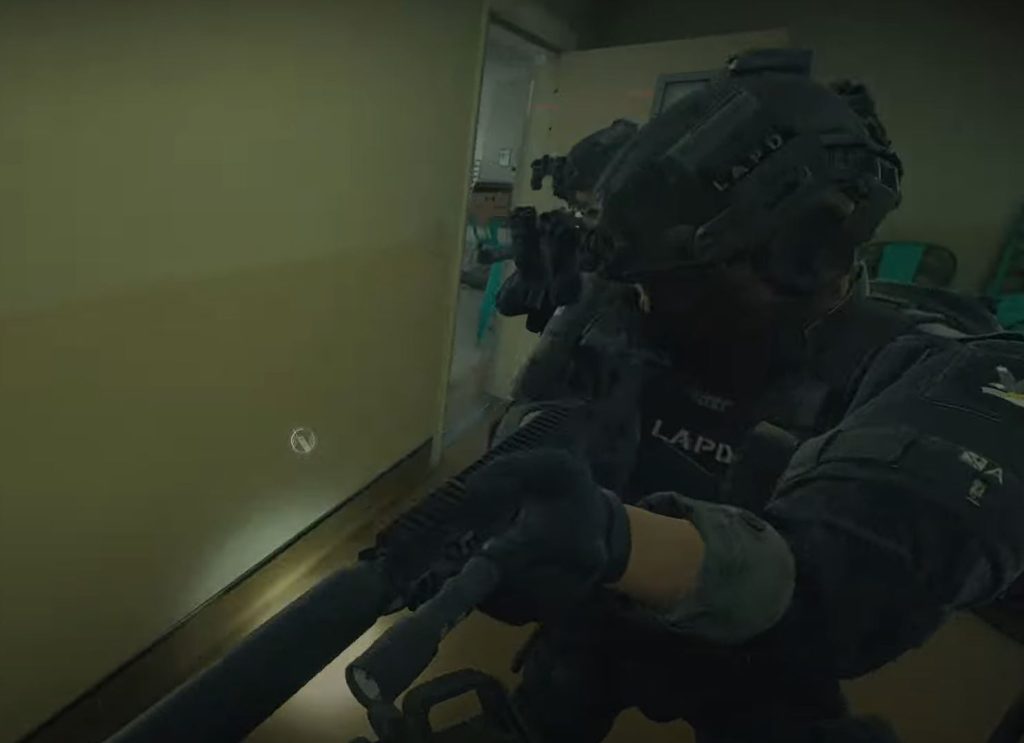
Another useful tool that players can use to inform their plans for Hostage Rescue missions in the “Ready or Not” game is map blueprints.
By consulting these blueprints, players can gain a better understanding of the layout of the building, identify potential entry and exit points, and locate areas where hostages may be held.
Players must move quietly and avoid making noise to avoid detection by enemies or civilians and to maximize the element of surprise. To use stealth effectively, players should move slowly and crouch, use cover, monitor noise level, and use suppressed weapons.
Players should equip their weapons with silencers and consider using melee weapons for silent takedowns. Non-destructive throwables such as flashbangs and smoke grenades can create distractions without causing harm to hostages.
Players should also choose armor that balances protection and mobility. By selecting the right equipment, players can increase their chances of completing the mission quietly and efficiently.

While tactical equipment like the rescue shield can be useful in certain situations, they may not be the most effective choice for Hostage Rescue missions in the game.
These equipment items are typically designed for quick assaults and sustained combat and may not provide as much benefit in the context of a Hostage Rescue mission.
Issues With Hostage Rescue Mode And Missions
Time is a crucial factor that players must prioritize. However, it is true that the game does provide a bit of extra time to complete the mission, which can be both a blessing and a curse.
Another problem is making excessive noise and provoking the suspects can be counterproductive, as it may lead to additional enemies being called in, making the mission more difficult to complete.
Instead, players should focus on using a combination of stealth and lethal force to neutralize any threats while minimizing harm to the hostages.
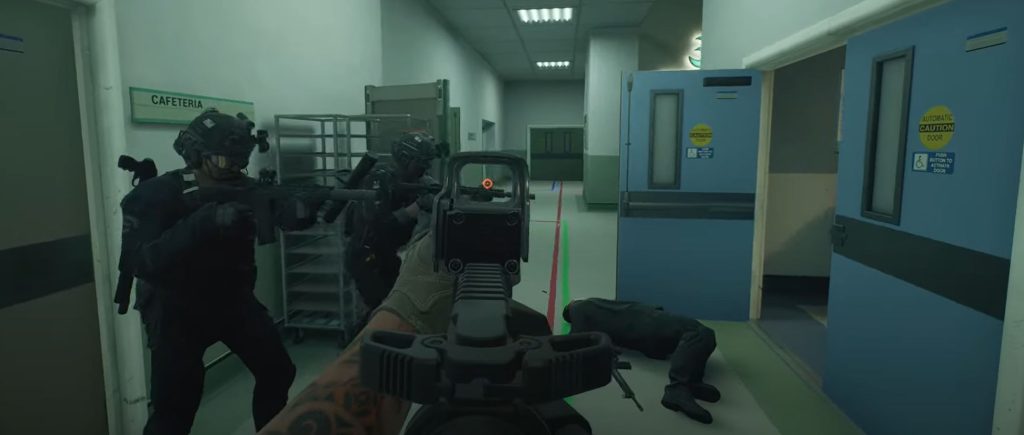
The decision by the developers of the game [1] to provide players with extra time to complete Hostage Rescue missions may be seen as unrealistic by some players.
Some players may appreciate the added flexibility it provides, while others may prefer a more challenging and realistic approach.
Wrapping Up
If you enjoy tactical gameplay that requires careful planning, strategy, and execution, Rescue Hostage missions can be a thrilling and engaging experience. These missions provide a variety of challenges that require players to think on their feet, adapt to changing situations, and work together as a team to complete their objectives.

